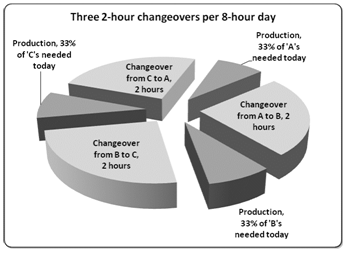Lean Terms
Delegation
Delegation is the act of appointing another person or group, usually a subordinate, to perform a specific task or role. For delegation to be successful, it should include the transfer of power along with the assignment—the authority of the subordinate to act on the boss’s behalf. Lean starts a mass Read more…

